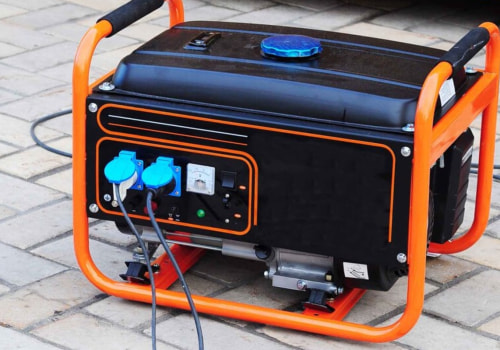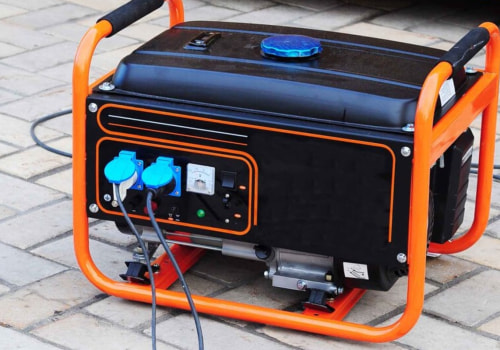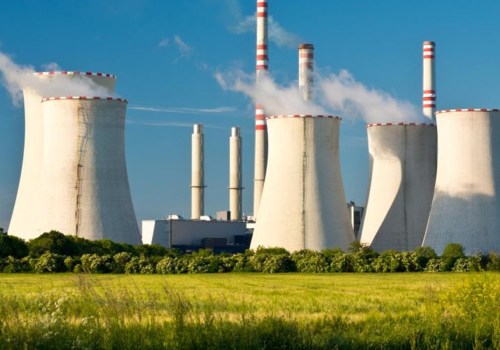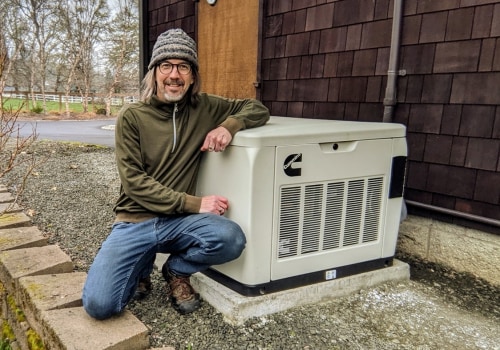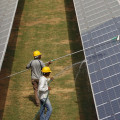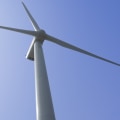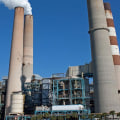Electricity generation is the process of taking charge from the Earth, transforming it into energy, transporting it through a distribution system, using it, and returning the spent charge to Earth. This sequence is essential for utility companies in the electric power industry, as it is the stage prior to delivery (transmission, distribution, etc.). The network of lines between the generating station (power plant) or substation and the consumer of electrical energy can be divided into two parts. The first part is the power lines that connect the generating station to the distributors.
The second part is the ground, which is important to ensure the safe operation of electrical devices. It protects users from dangerous electrical shocks if there is an electrical fault related to the metal housing of an appliance. Technological improvements, especially in power electronics, have enabled high-voltage direct current (HVDC) applications. HVDC allows for efficient transmission of large quantities of energy over long distances with narrower rights of way. Lightning has enough energy (~1500 MJ) to power a 100 W bulb for almost half a year, but it would need to harness more than 58,000 lightning strikes every day to match the electricity production capacity of a large power plant (1 GW).
On average, a typical U. S. household uses 920 kWh of electricity per month, with appliances accounting for 64.7% of electricity consumption. To meet this demand, arrangements are made to communicate it to the generating station. Minimum operating time and ramp times determine the flexibility of the generation source; these vary greatly depending on plant types and are a function of regulations, fuel type and technology.
Generators produce energy at different voltage and power levels depending on the type of station and generators used. The most common type of generator used in commercial power generation is turbines. However, smaller generators can run on gasoline or diesel engines. When choosing a generating station, its type and approximate amount of charge must be taken into account. Inventions such as steam turbines have had an enormous impact on electricity generation efficiency and economy. Nuclear power plants do not release carbon dioxide through electricity generation but have significant risks associated with nuclear waste and safety issues associated with their use.
Centralized generation is the generation of electricity using centralized, large-scale installations sent to consumers via transmission lines. The levelized cost of electricity (LCOE) is an important cost metric for power plants that takes into account capital costs, operating costs, fuel costs, etc. It helps determine which type of generator is most cost-effective for a particular application. The company that sells energy to you may be a non-profit municipal electric company; an electric cooperative owned by its members; a private, for-profit electric company owned by shareholders (often called an investor-owned utility company); or in some states, you can purchase electricity through an electrical energy retailer.
